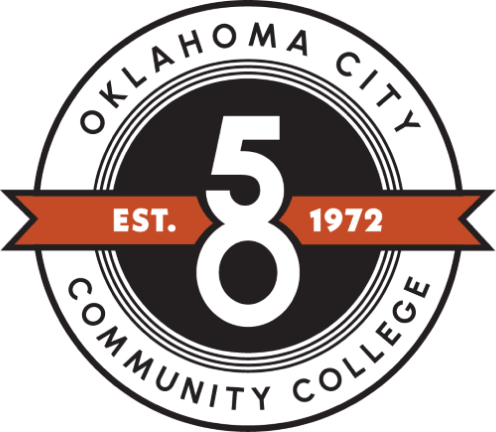
Oklahoma City Community College is a leader among colleges in providing benefits to attract, develop, and retain top talent.
On average, our benefits package for regular, full-time employees equals 35% to 40% of salary and is designed to provide employees with financial stability, work/life balance, and personal and professional growth.
OCCC compensation includes a competitive base salary designed to recognize your personal capabilities, background, and experience you bring to the college.
Oklahoma City Community College is a leader among colleges in providing benefits to attract, develop, and retain top talent.
On average, our benefits package for regular, full-time employees equals 35% to 40% of salary and is designed to provide employees with financial stability, work/life balance, and personal and professional growth.
OCCC compensation includes a competitive base salary designed to recognize your personal capabilities, background, and experience you bring to the college.
Benefits Example:
| Annual Base Salary | $30,000 |
| Average Benefits Value (35%) | $10,500 |
| Total Compensation Value | $40,500 |
Medical Options
OCCC offers a choice of several medical plan options through BCBS of Oklahoma.
Medical Snapshot
Blue Preferred
HSA Plan
Telehealth
OCCCRx
Life Insurance
Employer Paid Group Life and Accidental Death & Dismemberment (AD&D)
Life and Disabilty
Employee Paid Supplemental Life Insurance
Supplemental Life Insurance
Employee Assistance
Oklahoma City Community College provides an Employee Assistance Program (EAP) at no charge to all employees and their dependents.
LEARN MORE
Paid Time Off/Benefits
You earn the following:
Personal Leave. Sick Leave, Vacation, Paid Holidays
Learn More
Flexible Spending
Paying for health care can be stressful. That’s why Oklahoma City Community College offers a flexible spending account (FSA).
Medical FSA
Dependent Care FSA
Campus Benefits
Employees/retirees may enroll in exercise/wellness classes offered through Recreation & Fitness free of charge on a space available basis.
Learn More
Retirement Plans
Oklahoma City Community College participates in the Oklahoma Teacher’s Retirement System (OTRS) and offers a 403(b) program. Full-time and part-time employees working more than 20 or more hours per week are eligible for OTRS.
LEARN MORE
Dental/Vision
Dental Insurance
Protects your smile and helps pay for dental care which usually includes regular checkups, cleanings and x-rays.
Vision Insurance
This covers routine eye exams, all or a portion of the cost of glasses/ contact lenses. No claims for you to file when you see a participating VSP provider.
Tuition Reimbursement Process
All regular full-time employees are eligible to participate in the OCCC Tuition Reimbursement Process and the Tuition Waiver Process.


















